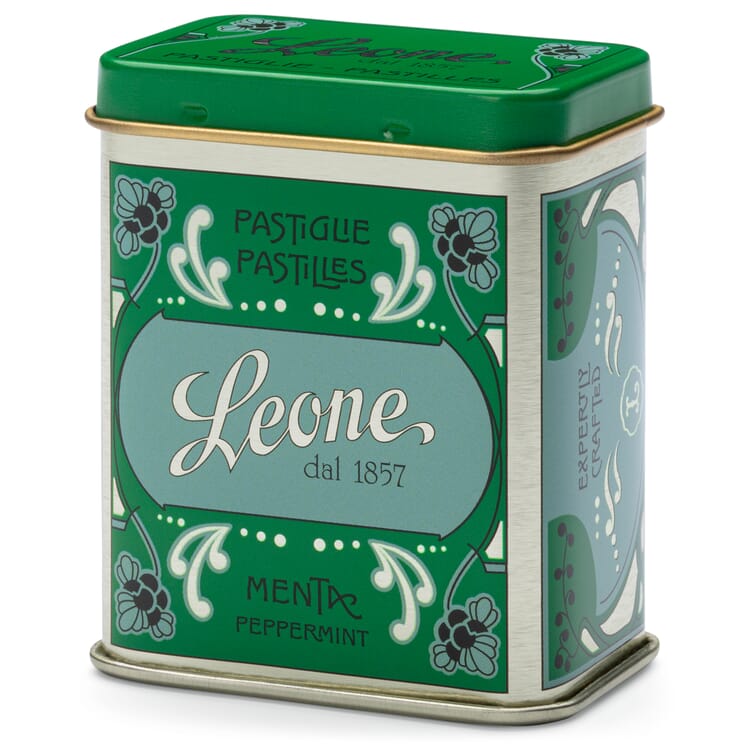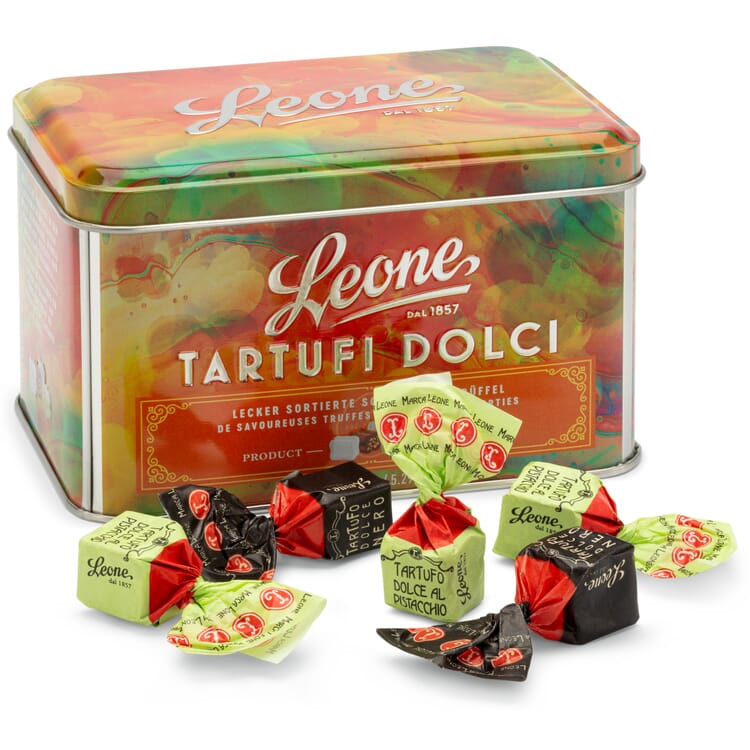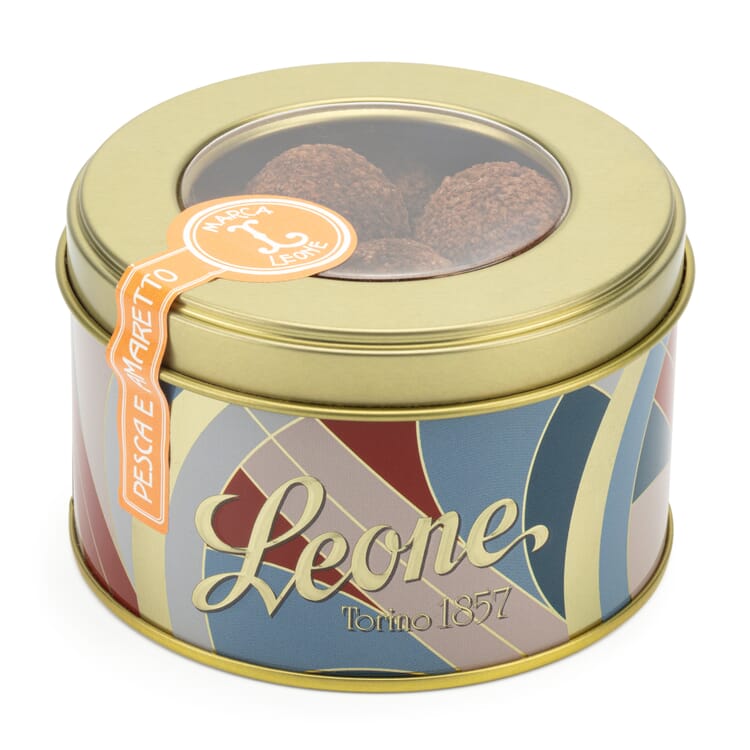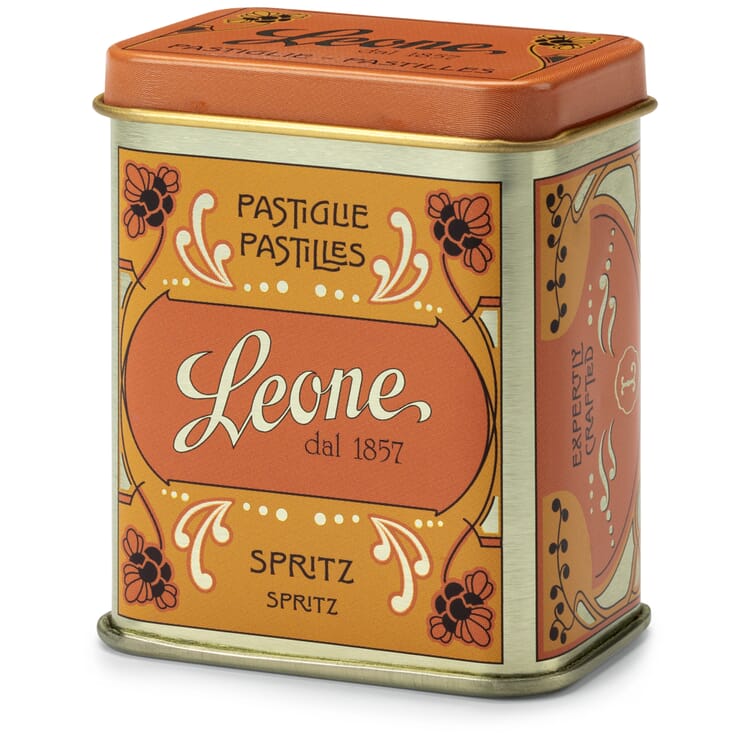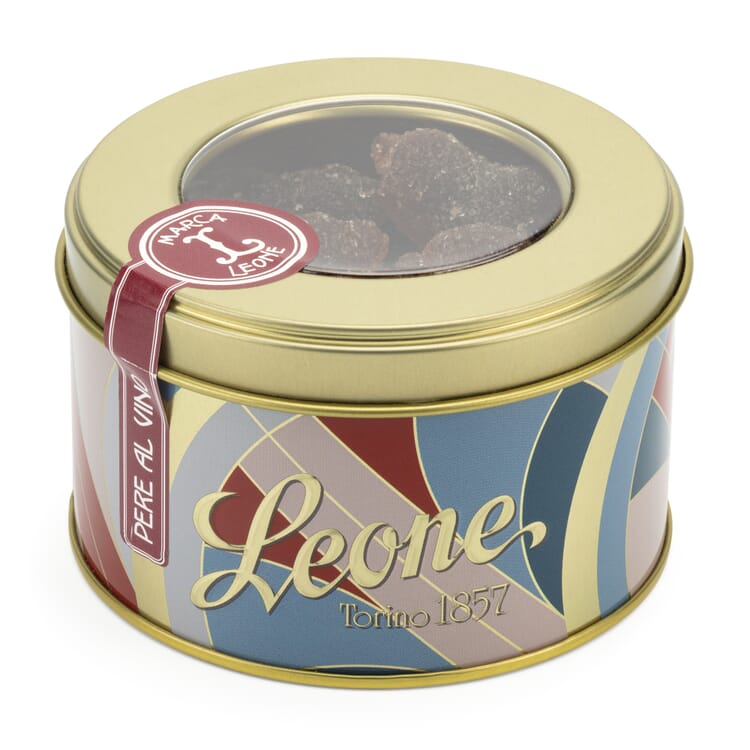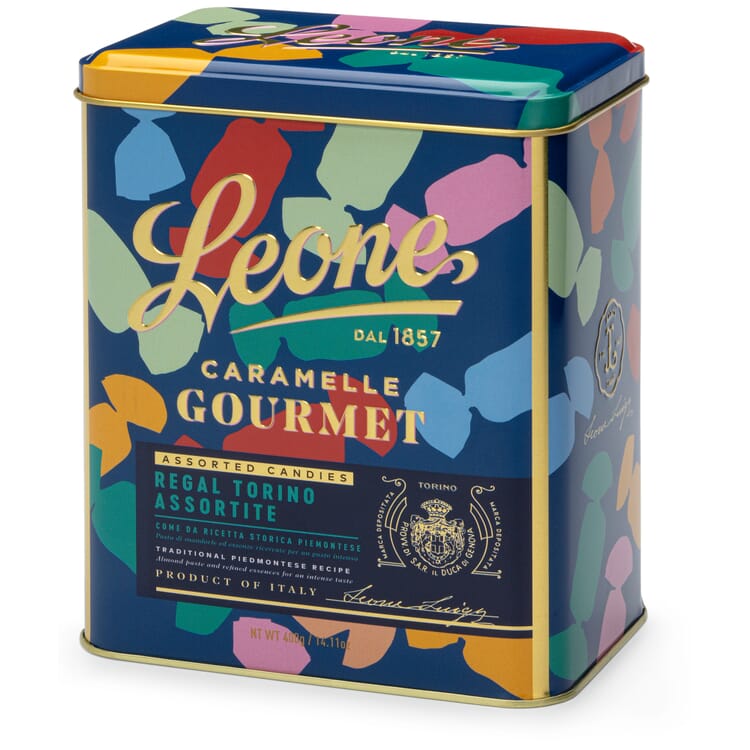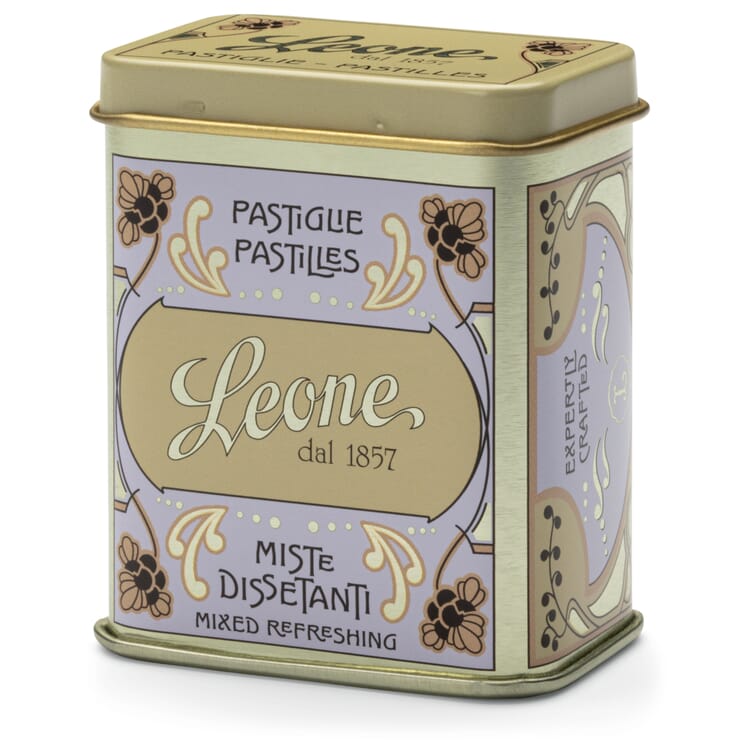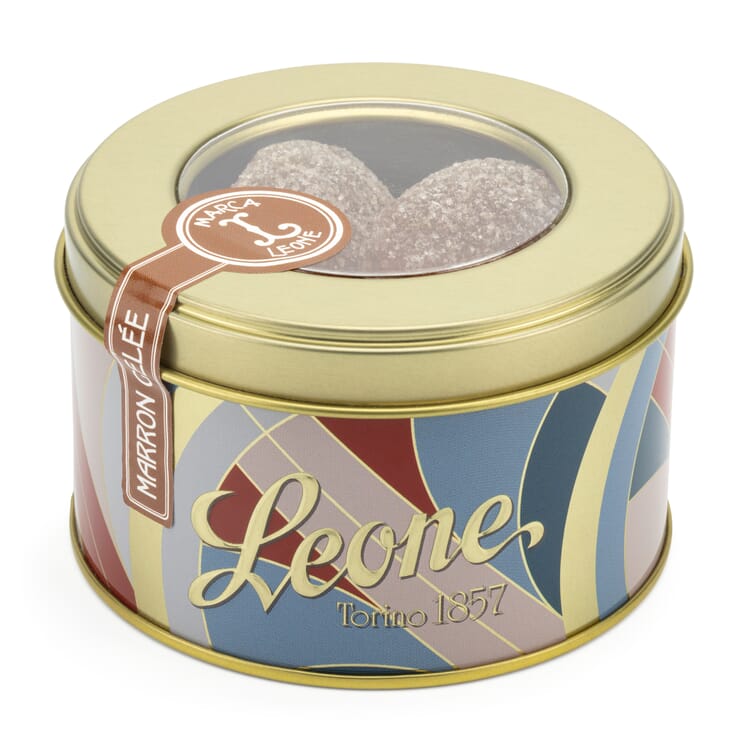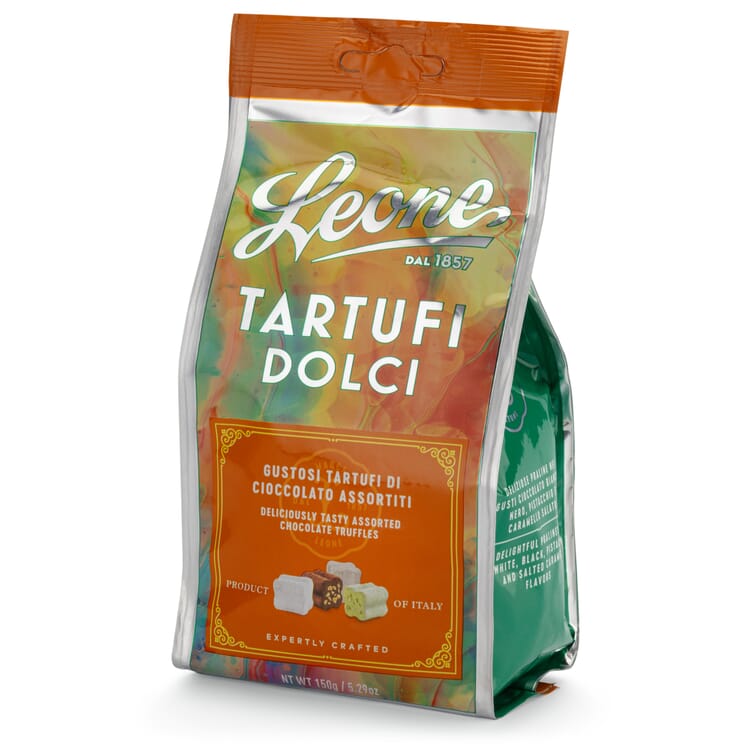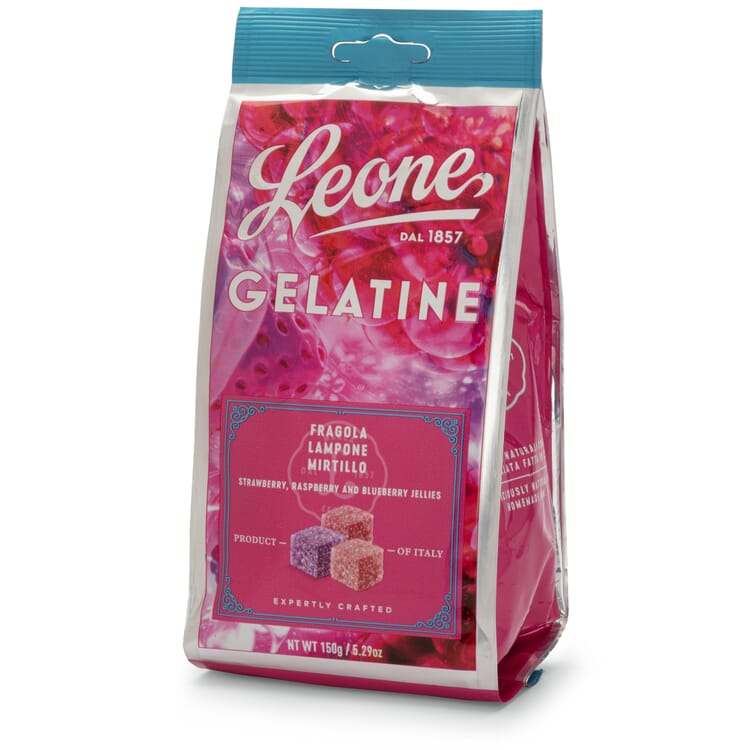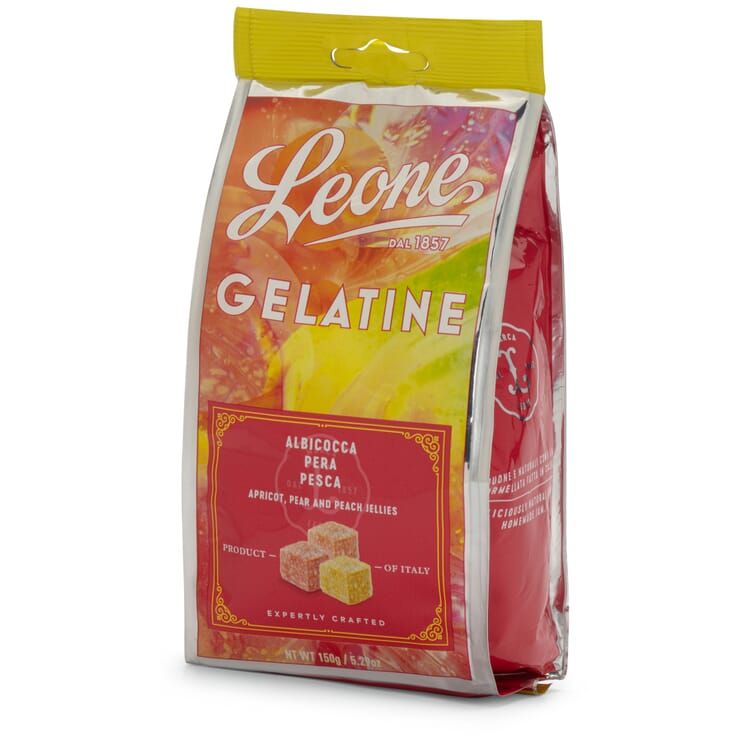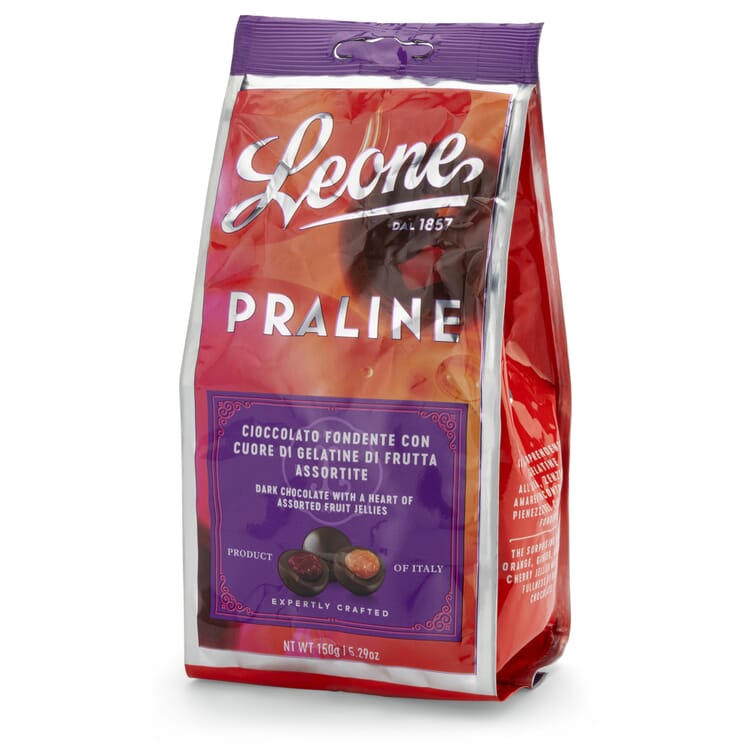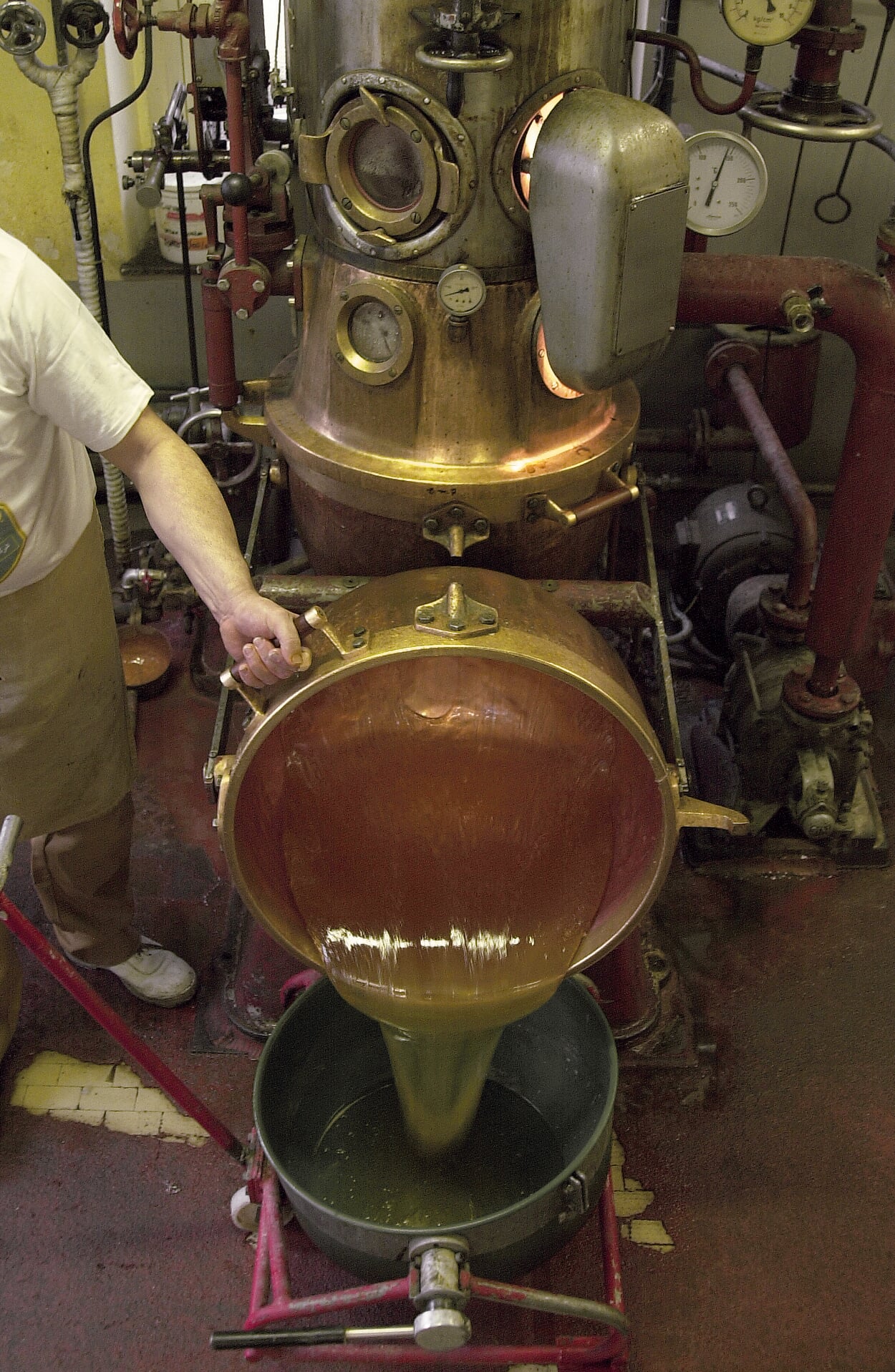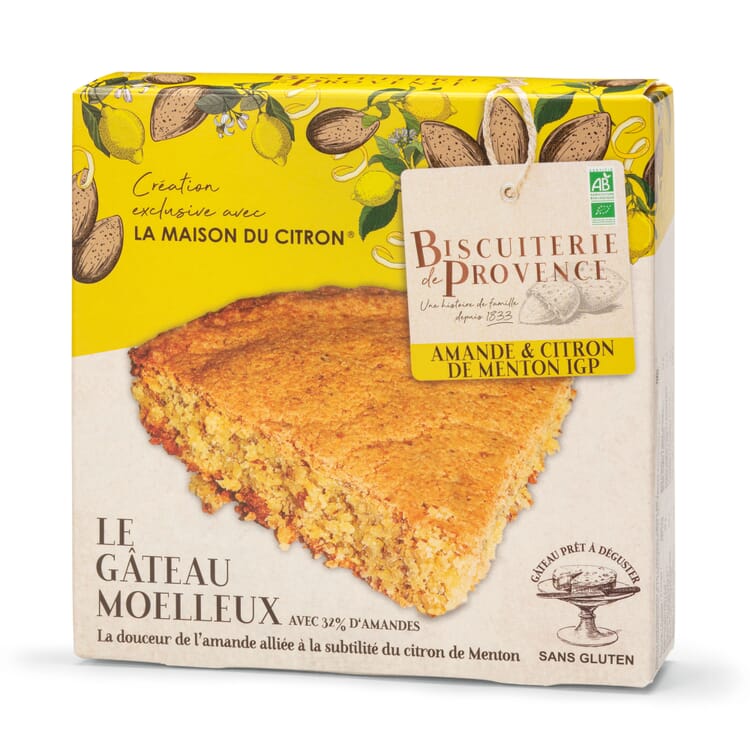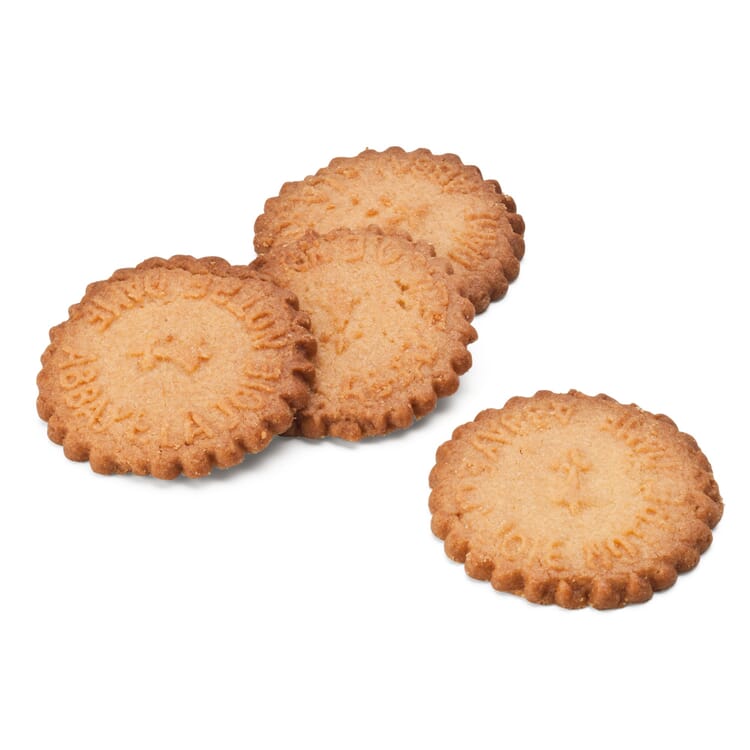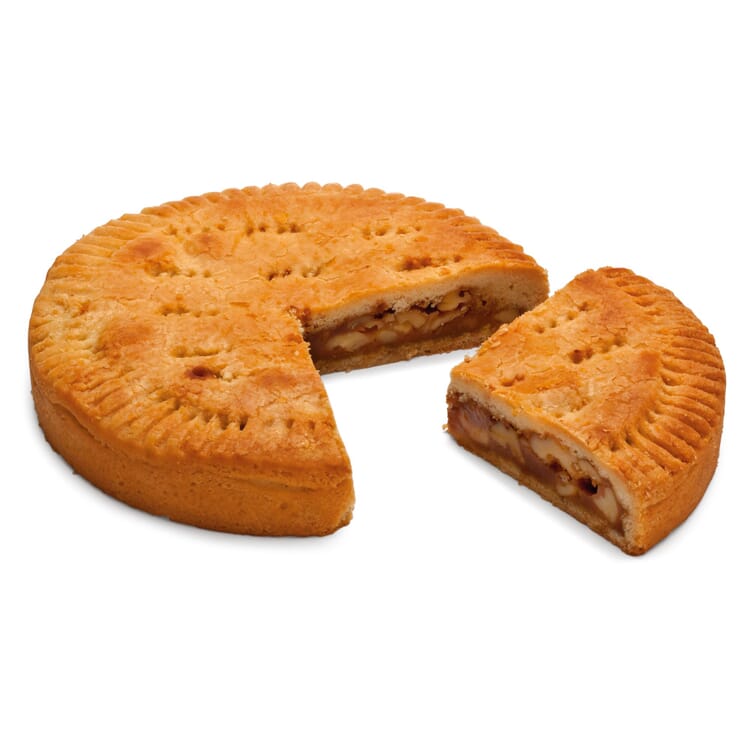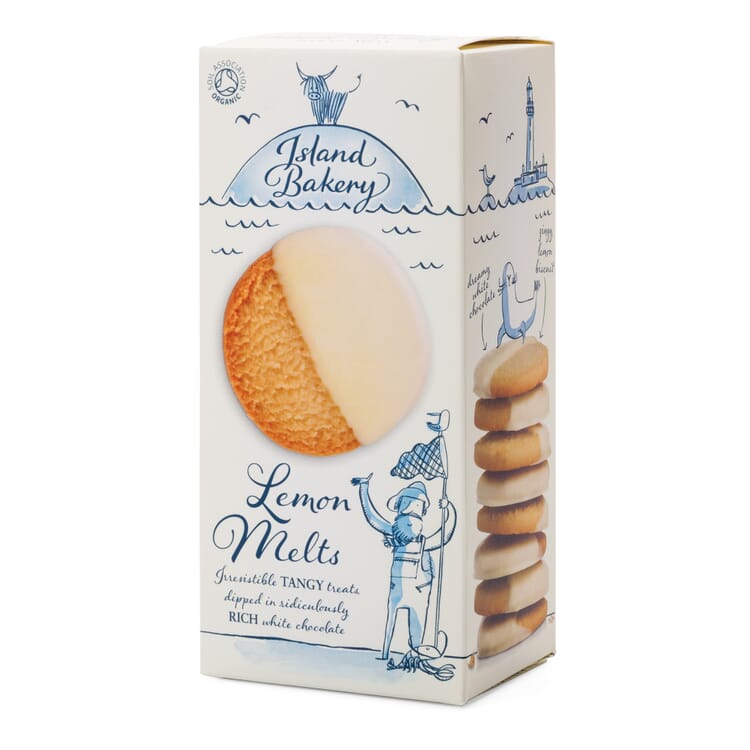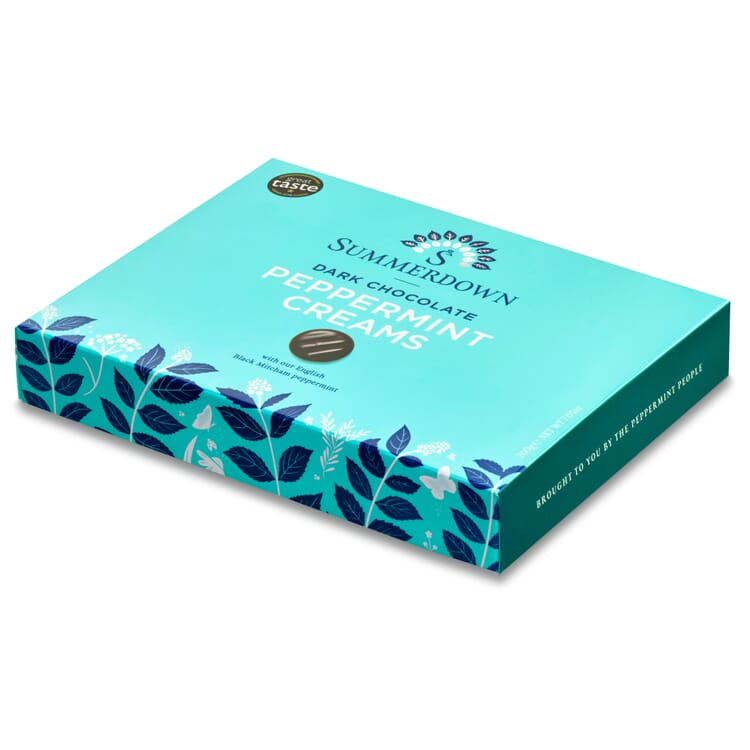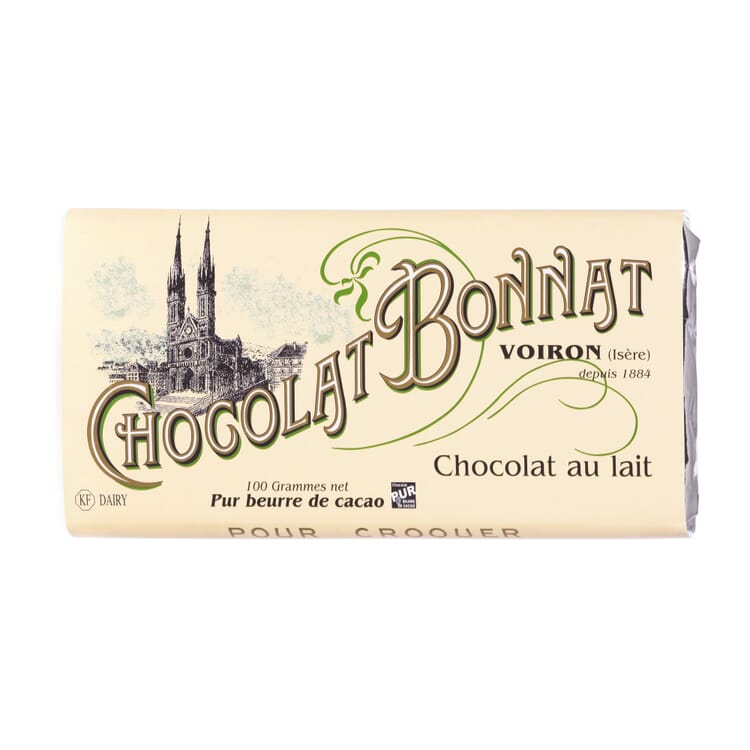Manufacturer
Pastiglie Leone - Luigi and the candy factory
We don't know whether the writer Roald Dahl had a real-life role model in mind when he wrote his children's book "Charlie and the Chocolate Factory" in the early 1960s. What we do know, however, is that Luigi Leone and the pastel-colored pastille empire he created would have made an excellent model. Leone's chalky candies have been delighting the tongues of discerning gourmets since as early as 1857: Made with artisanal care from the finest natural ingredients, the aromatic Leone Pastilles and their sugary comrades first conquered fashionable Turin and from there the world.
Leone Pastilles at a glance
Luigi Leone, the Willy Wonka of Italy.
Willy Wonka, the master of the sweets in Dahl's well-known children's book, is a distinguished man of the world with mischievous charm: in a tailcoat of plum-blue velvet together with bottle-green trousers, with pearl-gray gloves, a black top hat, plus an elegant walking stick with a golden knob, and finally the small, black goatee under his lively, shining eyes, he captivates adults and children alike. Unfortunately, no picture of Luigi Leone, the inventor of Pastiglie Leone, has come down to us, but in our imagination this profile fits him perfectly. When Leone founded his confectionery factory in Alba, Piedmont, in 1857, however, he won the hearts of customers at a pace that would surely have made Wonka envious. In the very first year after the company was founded, Camillo Benso, Count of Cavour, is said to have preferred sucking on Leone's violet lacquers while he was pushing for Italian unification, which is why they now bear the nickname "Senateur" in his memory. And when you look at pictures of the Italian statesman, you like to believe that he was a friend of sweet pleasures.
Fortunately, the Conte di Cavour was in the best possible place for his cravings: thanks to numerous cafés, confectioneries and sugary stores overflowing with sweets, confectionery and chocolate, Turin had earned a reputation as the country's confectionery capital long before it became the first capital of united Italy in 1861. It is little wonder, then, that Luigi Leone soon decided to relocate his thriving fledgling business - which he named after his most successful product, Leone Pastilles - to wherever customers demanded his wares. And it wasn't long before, even in Turin, which was bursting at the seams with sweet competition, he had earned a reputation for producing the best-tasting nibbles while maintaining the highest quality.
The sweet life. Leone between tradition and innovation.
Over 150 years later, nothing has changed in the high standards and excellent reputation of the Leone company. Successive generations have long since held the sugar thermometer in their hands and kept an eye on the further development of production. However, a glance at the product range and the pastel-colored factory premises still evokes Dahlian imagery in the mind's eye. Just like Willy Wonka, Leone also sends sweets and chocolates to all countries of the world. Well, maybe not to all of them, but to many.
The classics in the assortment are and remain the now world-famous Leone pastilles - sold in small packets of 30 g, still packaged by hand in the same golden-yellow cardboard boxes as back then, wrapped in colored paper that varies depending on the variety, with the most beautiful drawings and enchantingly ornate Art Nouveau letters on them. Even more striking than the packaging, however, is the intense aroma of the drops punched into bronze shapes, which makes its way with olfactory force as soon as the outer packaging is opened and unfolds its full effect in the mouth. Leone uses neither artificial colors nor aromas, only the best essential oils and essences from herbs, fruits and spices. As Roald Dahl already wrote: "All the fragrances of the world seemed to be together here!" In the Manufactum assortment, we carry the "Menta" variety, whose particularly sweet and long-lasting aroma comes from the best Piedmontese peppermint from the village of Pancalieri.
In the meantime, however, the range goes far beyond what Luigi Leone brought to the (state) man in his day. From tart herbal candies to juicy fruit cubes to the incomparably delicate chocolate truffles in white and black, which are in no way inferior to the eponymous mushrooms (incidentally also a specialty of Piedmont) in terms of their exquisite taste - the name Leone continues to be a promise for all connoisseurs with a sweet tooth. So we wouldn't be surprised to see chocolate waterfalls gushing, squirrels cracking nuts, and grasses growing out of peppermint sugar in the hallowed halls of Leone confectionery production. Just like Willy Wonka. In any case, there's something about the idea.



